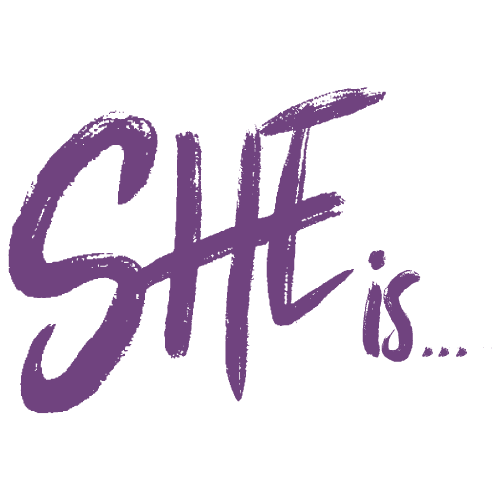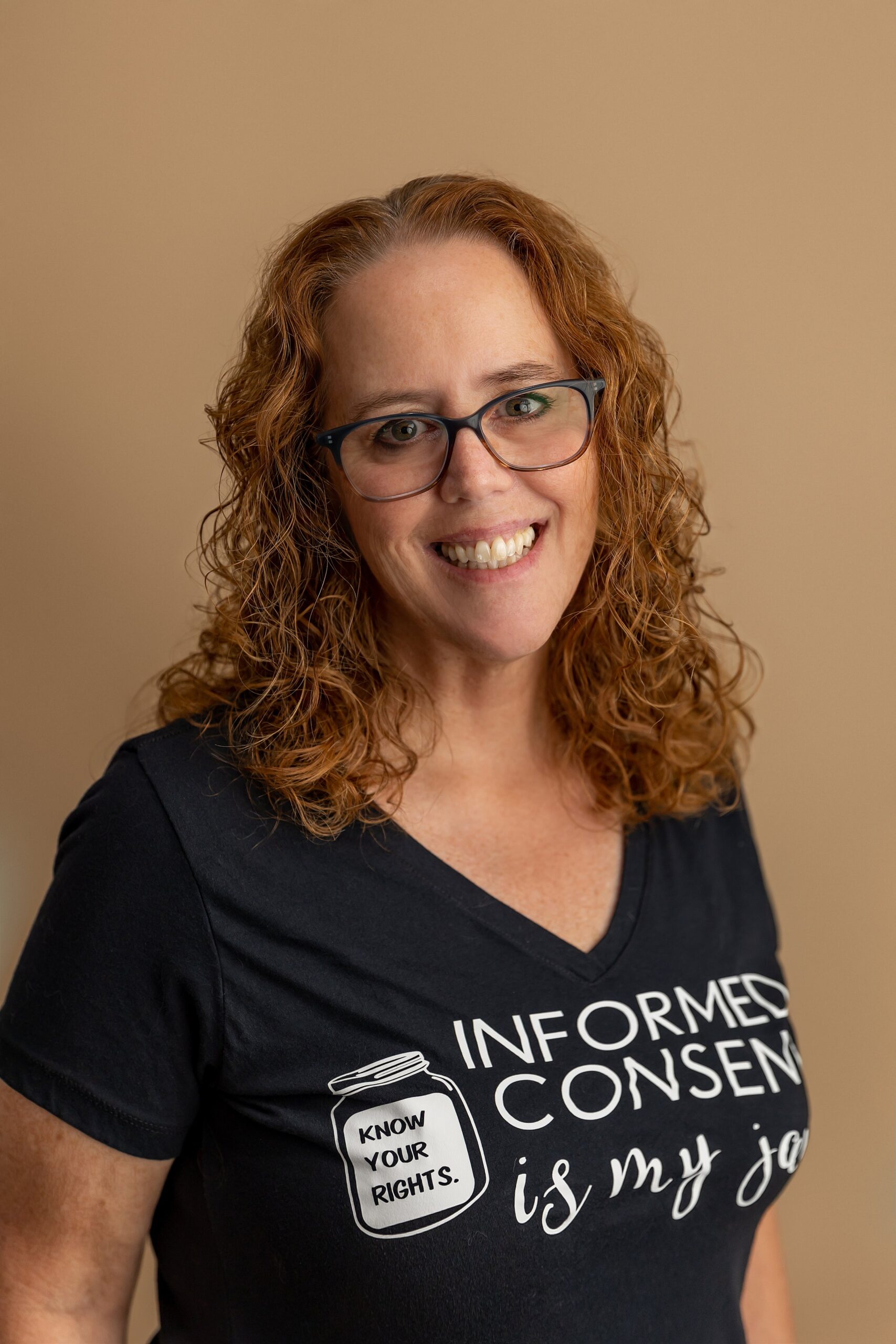Quick Facts
- Born: March 8, 1940 • Marshalltown, Iowa
- Known For:
- Founding The Farm Midwifery Center
- Authoring Spiritual Midwifery
- Developing the “Gaskin Maneuver” for shoulder dystocia
- Pioneering the modern home birth movement
- Advocating for maternal rights and holistic childbirth practices
Ina May Gaskin is a transformative figure in midwifery, regarded by many as the “mother of authentic midwifery.” Her journey began in the early 1970s when she co-founded The Farm, a commune in rural Tennessee, with her husband, Stephen Gaskin. The Farm became a sanctuary for those seeking an alternative, holistic lifestyle, and it was here that Ina May began her journey into midwifery.
At a time when midwifery was on the brink of extinction in the United States, Ina May, alongside other women on The Farm, courageously revived the practice of home births, distancing it from hospitals and traditional medical supervision. The Farm’s Midwifery Center, a product of these grassroots initiatives, emerged as a globally respected and enduring model of home birth. The Farm’s unique approach was to deinstitutionalize childbirth, recognizing it as a natural, empowering process. Ina May’s belief in childbirth as a holistic, family-centered event and her advocacy for women’s right to a positive, safe birthing experience set her apart.
Ina May’s most influential work, Spiritual Midwifery, published in 1975, has become a cornerstone of natural childbirth. The book, a blend of poignant birth narratives, philosophical insights on midwifery, and practical birth information, celebrates childbirth as a physical and spiritual journey. It ignited the modern home birth movement in the U.S. and has shaped the practices of midwives, birth practitioners, and parents for generations.
Throughout her career, Ina May championed a return to natural birth, challenging the overmedicalization of childbirth in hospitals. She argued that unnecessary medical interventions often stripped women of their autonomy during childbirth, which could lead to trauma and complications. Through her advocacy, she worked to provide women with the confidence and resources to choose natural birth as a safe, viable option.
One of her most significant contributions to obstetrics is the Gaskin Maneuver, a technique to resolve shoulder dystocia, a potentially life-threatening complication during delivery. Ina May learned this technique during her travels in Guatemala. She adapted it in the United States, where it has become a standard practice among midwives and obstetricians.
Ina May’s advocacy extends beyond individual births—she has been a tireless activist for maternal rights and reducing maternal mortality. Her Safe Motherhood Quilt Project, launched in 2004, brings awareness to the alarmingly high rate of maternal deaths in the United States. The quilt serves as a memorial to women who died from preventable complications during childbirth, and it calls attention to the need for systemic change in how we approach maternal health.
Ina May’s work is not just about catching babies—it’s about reshaping how society views birth and midwifery. She has spoken at numerous conferences and lectured internationally, emphasizing the importance of respecting women’s choices and empowering them through informed consent. Her legacy as a midwife, educator, and advocate has inspired countless others in the field, leading to a resurgence of midwifery practice and the broader acceptance of home birth.
Despite initial resistance from the medical establishment, her decades of work have proven midwives can provide safe, effective, and compassionate care, even in complex situations. Ina May’s dedication to advocating for natural, home-based childbirth has cemented her status as a trailblazer in midwifery.
Controversies:

As with any revolutionary figure, Ina May Gaskin has faced criticism, particularly from the medical community. Some obstetricians and medical professionals have raised concerns about the safety of home births, arguing that hospital births provide immediate access to lifesaving interventions in case of emergencies. Critics have also noted that while Ina May’s approach works for many, it may not be appropriate for high-risk pregnancies, where medical oversight is essential.
Nevertheless, Ina May has consistently advocated for informed choice and patient autonomy. She has always emphasized that women should be fully educated on all their birthing options and risks, empowering them to make the best decision. For Ina May, the key issue is not whether a birth takes place at home or in a hospital but rather that women are treated with respect and given control over their birthing process.
In Her Own Words:

Ina May Gaskin’s philosophy and passion for midwifery are best captured through her own words. Here are some of her most famous quotes and their meanings:
- “Your body is not a lemon. You are not a machine. The Creator is not a careless mechanic.”
- Ina May reminds women that their bodies are inherently capable of giving birth, challenging the idea that medical interventions are always necessary. She advocates for trusting in the natural process of birth.
- “We are the only species of mammal that doubts its ability to give birth.”
- This quote reflects Ina May’s belief that fear surrounding childbirth is culturally imposed. She emphasizes that women, like all mammals, have the innate ability to birth their babies, and with the right support, fear can be replaced with empowerment.
- “When we as a society begin to value mothers as the givers and supporters of life, then we will see social change in ways that matter.”
- Here, Ina May speaks to the larger societal implications of how we treat mothers and the birthing process. She believes empowering women in childbirth is critical to fostering a more compassionate and equitable society.
- “It is important to keep in mind that our bodies must work pretty well, or there wouldn’t be so many humans on the planet.”
- This statement reiterates her core belief in the natural process of childbirth and her rejection of the idea that women’s bodies are inherently flawed or in need of constant medical intervention.
- “The energy that gets the baby in is the energy that gets the baby out.”
- Ina May uses this to explain the importance of relaxation, love, and emotional connection during birth. She believes that creating a positive emotional environment can significantly influence the outcome of a birth.
Her Lasting Legacy:

Ina May Gaskin’s legacy will forever be her role in revitalizing and redefining modern midwifery in the U.S. and globally. Through her decades of work, Ina May has shown that childbirth can be a safe, empowering, and transformative experience when women are given control over their birthing choices. The Farm Midwifery Center, which she co-founded, is a testament to her dedication to providing a holistic, family-centered care model that continues to thrive.
Her published works, including Spiritual Midwifery and Ina May’s Guide to Childbirth, have inspired countless women to take control of their childbirth experiences, offering them practical advice and emotional support. These books are still widely read by pregnant women and midwives, keeping her teachings alive for new generations.
The Gaskin Maneuver is another lasting contribution, saving lives and preventing birth trauma worldwide. Beyond this technical contribution, however, Ina May’s true legacy is her role in transforming how society views birth. She brought midwifery back from the fringes and helped to reestablish it as a respected and trusted profession.
The Safe Motherhood Quilt Project poignantly reminds us that maternal mortality remains an issue that needs continued attention. Through this project and her broader advocacy, Ina May has ensured that women’s voices are heard in the fight for safer and more respectful maternal care.
Personal Reflections:

Ina May Gaskin is my spirit mother when it comes to midwifery. I hold her and her philosophies in such high regard, and meeting her in person was one of the most memorable experiences of my life. I had the pleasure of seeing her speak, and afterward, I got to talk to her. We spoke about her Safe Motherhood Quilt Project, which was particularly special since I’m a quilter. Connecting with her on something so meaningful and personal was an incredible feeling.
I admire her unwavering belief in women’s power and autonomy during childbirth, which deeply resonates with my own approach. I had the absolute pleasure of visiting The Farm this summer, and it was amazing. I felt like I was standing on hallowed ground.
All midwives today stand on Ina May’s shoulders. Her willingness to lead the charge and fight the tough fights to bring natural childbirth back into the mainstream inspires me. I constantly reflect on her legacy as a pioneer in midwifery in my own practice.
Ina May’s advocacy for maternal rights and her efforts to reduce maternal mortality are causes I feel just as passionately about. We are on the same page here. Her dedication to improving outcomes for women, particularly in the U.S., inspires and pushes me to do the same in my work.
Summary

Explore More About Ina May Gaskin:
- Spiritual Midwifery by Ina May Gaskin
- Ina May’s Guide to Childbirth by Ina May Gaskin
- Birth Matters: A Midwife’s Manifesta by Ina May Gaskin
- The Farm Midwifery Center Website
- Safe Motherhood Quilt Project
- Reducing fear of birth in U.S. culture: Ina May Gaskin at TEDxSacramento
- Ina May Gaskin – Wikipedia
Note: Full disclosure: I earn a small (very small) commission on any links that take you to Amazon.
—- Stay Strong! Jaelin —-
Find out more about Jaelin’s Homebirth Practice (Holistic Heritage Homebirth) in Houston, TX


